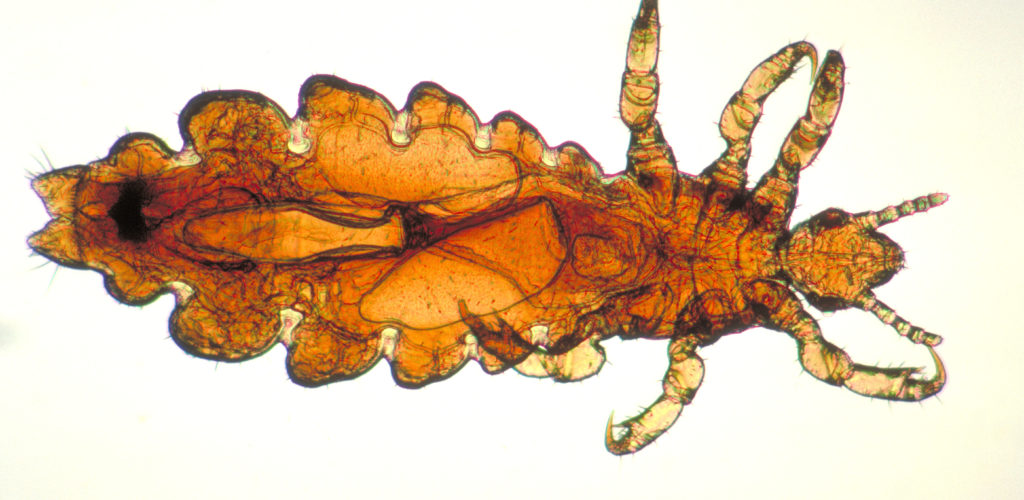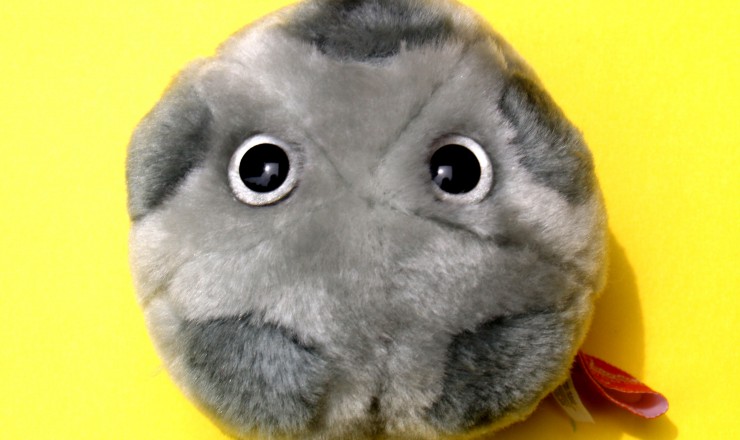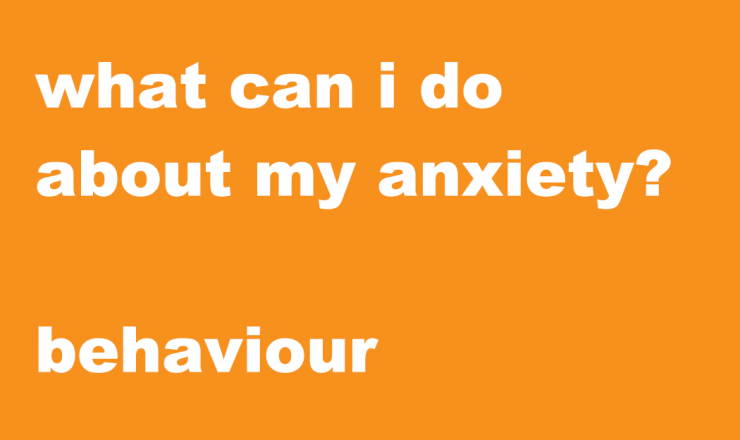Pubic Lice and Scabies
What are pubic lice and scabies?
- Pubic lice are known as “crabs.” They are different from head lice. They are usually found around the genitals in pubic hair, although they can be found in armpits and eyebrows. They are grey or brownish red and look like tiny crabs. They lay their nits (eggs) at the base of the hair.
- Scabies are caused by mites that push under the skin to lay their eggs. They are very difficult to see. Scabies can be found in folds of skin all over your body including on your elbows, knees, breasts*, genitals, butt and underarms.
How do you get pubic lice and scabies?
- You do not need to have sex to get pubic lice or scabies. You can get them from having close contact with someone who has pubic lice or scabies (e.g. sharing a bed, sexual activities).
- You can also get pubic lice from infested sheets, towels, and clothing. Pubic lice can live for up to 2 days away from the body.
- Pubic lice and scabies cannot jump or fly from one person to the next.
- For more information on how STIs are passed on check out Transmitting STIs: An Unwelcome Gift [Link].
How do you know if you have pubic lice or scabies?
- If you have pubic lice, you may feel itching in the genital area. You may see tiny blood spots on your underwear. You may also see blue spots on the skin of your pubic area or thighs. It is possible, but difficult, to see the pubic lice or eggs.
- If you have scabies, you might get a rash that looks like red pencil marks on any part of your body, but you will usually find them between fingers and toes. You may also feel intense itchiness, particularly at night. It is difficult to see them.
How can you get tested for pubic lice and scabies?
- You can usually tell if you have pubic lice by finding the adult lice or eggs on the hair. If it moves, it is pubic lice. If you are unsure, get checked by a clinician.
- Scabies are harder to recognize. If you think you may have scabies, you may want to get checked by a clinician.
- For more information on testing for STIs, check out The Real Facts About STI Testing [Link].
What are the symptoms of pubic lice or scabies?
If you have pubic lice:
- Your genitals and surrounding area may feel itchy.
- You may notice little blue spots (bite marks) on your body.
- You may see small crab-like lice or their eggs (small white dots) on the base of hairs.
- You may have a rash on or near your genitals or other areas such as your wrist, elbows, belly, etc.
If you have scabies:
- Your genitals and surrounding area may feel itchy.
- You may have a rash on or near your genitals or other areas such as your wrist, elbows, belly, etc.
What if you get pubic lice and scabies?
- Ordinary soap and water will not get rid of pubic lice. Neither will shaving your pubic hair or using head lice shampoo. You will need treatment specifically for public lice or scabies.
- You can go to the pharmacy and purchase a shampoo or cream that will treat pubic lice and scabies. The itching may not stop until a few days after treatment.
- Any sexual partner(s) you have had in the last month should be checked. Anyone you have had close contact with may also need to be checked. Infants, anyone who is pregnant, and anyone who is breastfeeding should ask the pharmacist for the treatment that is right for them.
- Dry clean or machine wash clothing, bed linens and towels in hot water. Vaccum sofas and mattresses.
- Clothes and bedding that cannot be washed should be stored in a bag. For scabies, store them for 3 days and for pubic lice, store them for 2 weeks.
- You might want to get a spray at the drugstore to clean everything that has been infested with pubic lice or scabies.
- You usually only need one round of treatment. However, you may need to do the treatment again after one week if you are still finding live pubic lice or nits.
- Do not use the treatment a third time – if you still feel that you have pubic lice or scabies after 2 treatments, talk to your clinician.
How can you lower your risk of getting pubic lice and scabies and/or passing them on to your partner(s)?
- Make informed decisions. Talk to your partner(s) about STIs and the use of safer sex tools.
- Check your partner’s body for signs of scabies or pubic lice. Remember, however, that they may still be there even if you can’t see them.
- Consider telling your partner if you have pubic lice or scabies so they can be treated too. If your partner is not tested or treated, there is a good chance you will get pubic lice or scabies again.
- Regularly wash your clothes and bed sheets in hot water.
- Regularly vacuum larger items such as mattresses, carpets, and furniture.
- Get tested for STIs when you or your partner has a new sexual partner. Or, if you have new partners often, get STI testing every 3-6 months. If you have symptoms of an STI, get tested right away.
- For information on how to protect yourself and your partner(s), check out Protecting Yourself and Your Partners From STIs [Link]
| Useful Tip |
| Consider telling your partner if you have pubic lice or scabies so they can be treated too. If your partner is not tested or treated, there is a good change you will be re-infected. For more on talking to your partner, check out Telling Your Partner You Have an STI [Link]. |
For a downloadable resource on this topic, please visit Planned Parenthood Toronto Factsheet Database.
If you have questions about this topic, feel free to contact one of our peer educators. [Link]
*We know that these aren’t the words everyone uses for their bodies (eg. trans folks), and support you using the language that feels best for you.
Last Edited: May 2020






